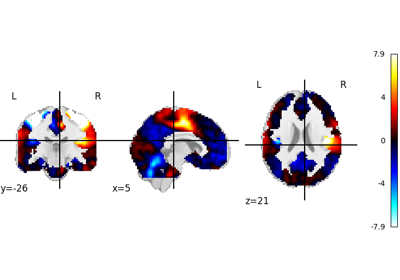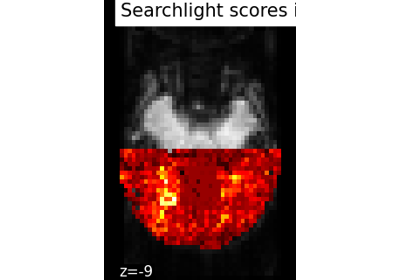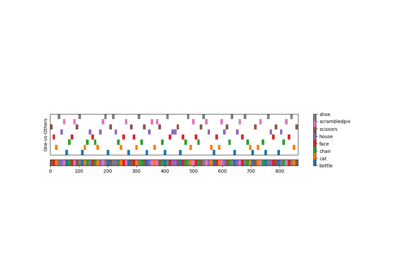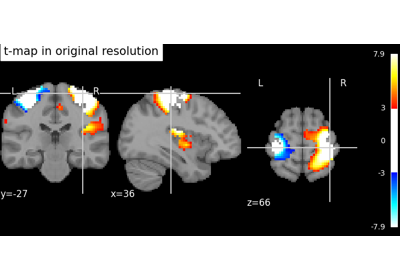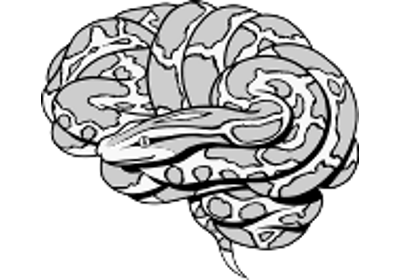Note
This page is a reference documentation. It only explains the function signature, and not how to use it. Please refer to the user guide for the big picture.
nilearn.image.load_img¶
- nilearn.image.load_img(img, wildcards=True, dtype=None)[source]¶
Load a Niimg-like object from filenames or list of filenames.
Added in version 0.2.5.
- Parameters:
- imgNiimg-like object
If string, consider it as a path to NIfTI image and call nibabel.load()`on it. The ‘~’ symbol is expanded to the user home folder. If it is an object, check if affine attribute is present, raise `TypeError otherwise. See Input and output: neuroimaging data representation.
- wildcards
bool, default=True Use img as a regular expression to get a list of matching input filenames. If multiple files match, the returned list is sorted using an ascending order. If no file matches the regular expression, a ValueError exception is raised.
- dtype{dtype, “auto”}, optional
Data type toward which the data should be converted. If “auto”, the data will be converted to int32 if dtype is discrete and float32 if it is continuous.
- Returns:
- 3D/4D Niimg-like object
Result can be
Nifti1Imageor the input, as-is. It is guaranteed that the returned object has an affine attributes and that nilearn.image.get_data returns its data.
Examples using nilearn.image.load_img¶

Computing a Region of Interest (ROI) mask manually
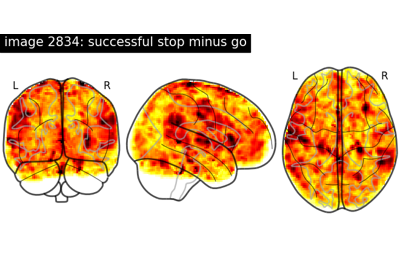
NeuroVault meta-analysis of stop-go paradigm studies
